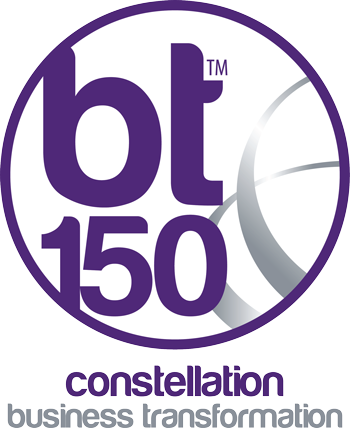Personal Information
Bio
Chad Sheridan has served as the Chief Information Officer of the Risk Management Agency since 2011. Chad is responsible for all information systems in support of the Federal crop insurance program, which covers commodities and livestock with a total annual liability of over $100 billion.
Prior to his service at RMA, Chad spent over 18 years of active duty and civilian service with the United States Navy in the Naval Nuclear Propulsion Program, or Naval Reactors. He most recently served as Deputy CIO, which included oversight of six contractor-operated sites, 350 personnel, and an annual budget of over $60 million. Chad also served as the Manager for Shipboard IT, focusing on improving the quality of shipboard networks and software and the capabilities and training of the submarine and aircraft carrier information technology professionals. Prior to his transition to information technology, Chad served as Deputy Program Manager for the design and construction of the USS GEORGE H. W. BUSH (CVN 77) and USS GERALD R. FORD (CVN 78) aircraft carrier propulsion plants.
Chad received his Bachelor of Science in Nuclear Engineering from the University of Virginia and is a licensed Professional Engineer in the Commonwealth of Virginia. Recently, Chad received the prestigious honor of being named to the 2016 Federal 100 by FCW.
The Toughest Problem I Encountered in Transformation
The number one barrier to innovation and transformation is fear. To overcome this fear, leaders must embrace personal accountability and vulnerability. The leader that is ruthlessly accoutable and transparent around his or own mistakes provides explicit and explicit permission for others to take risks, and perhaps to fail. The challenge is to manage the environment such that the organization can fail and learn from small items, so that overall programs or initiatives succeed. For example, during our transition to agile development, we stumbled with combining agile software development with traditional project management approaches. Our project management approach dictated establishing and tracking to rigid project baselines, which clashed with the agile approach that embraced change. Ultimately, I had to sell project management approach tthat I did not truly believe, because I believed in my people and I had no other solution. When it worked, I stood up in front of my team and owned that I was wrong about the approach, but I was right to trust my team and support them. Re-telling this story helps ingrain the culture of risk taking and that leadership will support and protect the teams, even if we do not completely agree.



